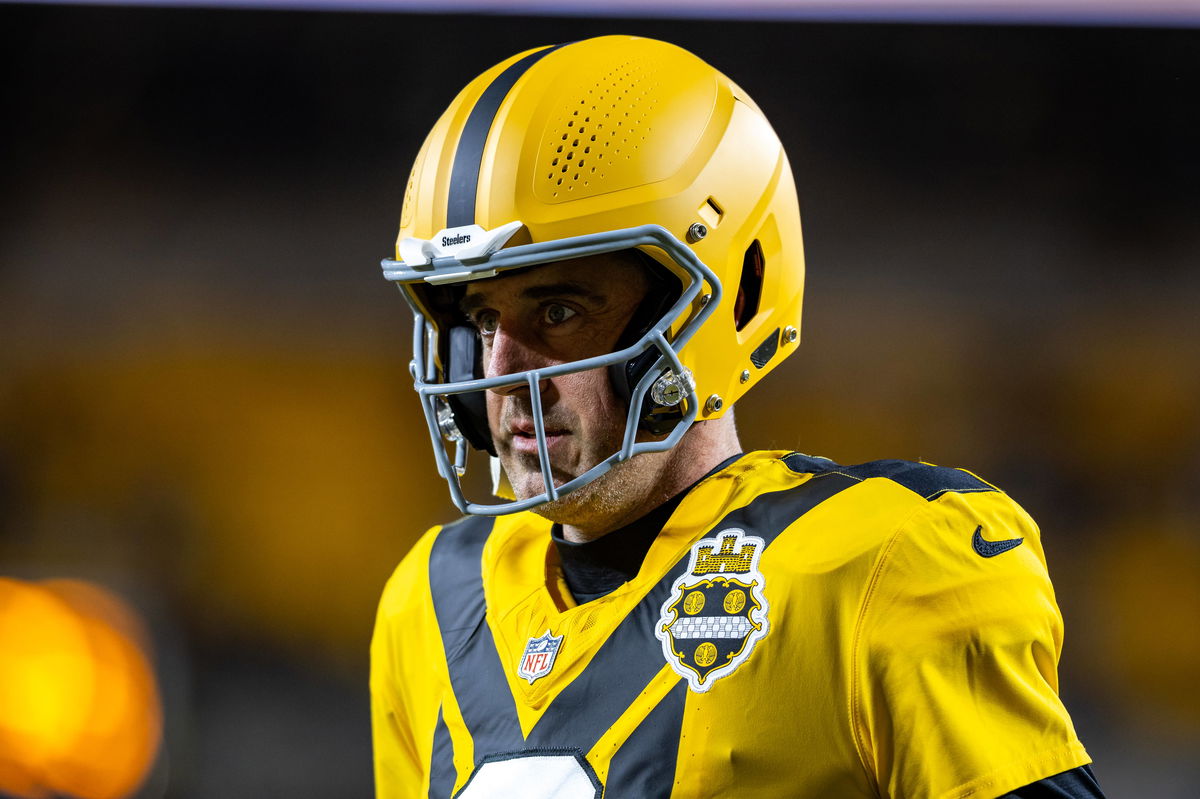
Imago
October 26, 2025, Pittsburgh, Pennsylvania, USA: Pittsburgh Steelers quarterback AARON RODGERS 8 before the NFL, American Football Herren, USA football game between the Pittsburgh Steelers and the Green Bay Packers at Acrisure Stadium in Pittsburgh, Pennsylvania. Pittsburgh USA – ZUMAg257 20251026_zsp_g257_003 Copyright: xBrentxGudenschwagerx

Imago
October 26, 2025, Pittsburgh, Pennsylvania, USA: Pittsburgh Steelers quarterback AARON RODGERS 8 before the NFL, American Football Herren, USA football game between the Pittsburgh Steelers and the Green Bay Packers at Acrisure Stadium in Pittsburgh, Pennsylvania. Pittsburgh USA – ZUMAg257 20251026_zsp_g257_003 Copyright: xBrentxGudenschwagerx
The Pittsburgh Steelers’ 25-35 loss to the Green Bay Packers exposed a growing issue. Defense had been their weakness all season, but on Sunday, the offense’s inefficiency turned costly. Settling for field goals instead of touchdowns defined their first-half rhythm. The pattern left Green Bay space to strike back.
Watch What’s Trending Now!
“We were in way too many third-and-longs. We have to do a better job there,” Arthur Smith said, according to Nick Farabaugh.
The Steelers’ resistance was broken by extensive completions, particularly in third-and-long situations. The Steelers’ offense, however, was under attack and was unable to convert. Instead of making it to the end zone, they had to settle for four field goals from kicker Chris Boswell.
ADVERTISEMENT
After the second quarter, the game flipped. Pittsburgh held a 16-7 lead at halftime, but that evaporated. The Packers converted crucial third-and-long opportunities and scored 21 points in the fourth quarter. They were able to seize control when the offense stalled during high-leverage situations, particularly on second-and-long and third-and-long.
Arthur Smith says the Steelers had ‘way too many second and longs’ throughout their game against the Packers.
“We were in way too many third and longs. We have to do a better job there.”
— Nick Farabaugh (@FarabaughFB) October 30, 2025
The Packers took full advantage of Pittsburgh’s defense. Quarterback Jordan Love threw for 360 yards and three touchdowns, and the Packers piled up 454 total yards. Love tied Brett Favre for the longest run by a Packers quarterback in a game since 2007, when he completed 20 consecutive passes.
ADVERTISEMENT
With seven receptions for two touchdowns and 143 receiving yards, Packers tight end Tucker Kraft marked the second-most receiving yards of any tight end in the franchise’s history.
From 3:14 in the third quarter to 1:52 in the fourth, the Pittsburgh Steelers’ offense did not score. The Packers secured the win and left Pittsburgh’s offense looking flat.
ADVERTISEMENT
Are the Steelers in trouble? Indeed. When the defense is allowing big plays, field goals are unreliable. Pittsburgh’s season could be defined by its inability to convert red-zone trips into touchdowns and fix third-down failures.
“Second-and-Long” issue mirroring Steelers defensive failings
Mike Tomlin acknowledged that the “second-and-long” issue continues to haunt the Pittsburgh Steelers. It mirrors the defensive breakdowns that have already cost them key games this season.
ADVERTISEMENT
“We didn’t perform very well in the second and long, not only in the first half of the game, but in the totality of the game,” Mike Tomlin said.
The problem starts early. Missed blocks, penalties, and failed first-down runs push the team into long-yardage situations, killing rhythm. Play-calling hasn’t helped either, as Tomlin and Arthur Smith struggle to adjust once drives stall. And when the offense has needed Aaron Rodgers to elevate it, he hasn’t done so consistently. He looked composed against the Browns, but against the Packers’ disciplined pass rush and fast secondary, that control quickly vanished.
Top Stories
Seahawks’ Ernest Jones IV Accuses Rams of Inappropriate Comments After Puka Nacua’s Feud With Nick Emmanwori
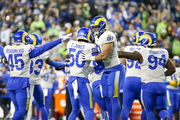
Patrick Mahomes’ Chiefs Extremely Close to Leaving Arrowhead Amid Kansas State’s Announcement, Per Report
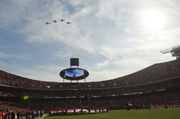
Seahawks Star Awaits Punishment After Controversial Incident Involving Matthew Stafford’s Offense
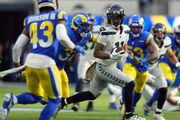
Brian Schottenheimer Calls Out Dak Prescott’s O-Line After Making Decision Whether to Sit Cowboys QB
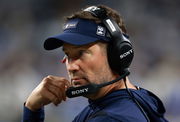
Matt Eberflus Announces Major Position Change as Cowboys DC Addresses Jerry Jones Potentially Firing Him
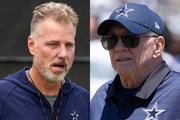
“Disappointed I didn’t play better, that we didn’t play better, especially in the second half,” Rodgers said.
ADVERTISEMENT
He made short throws but was unable to convert at crucial times. His timing seemed wrong, and he made multiple unsuccessful deep efforts.
“I think in the three losses, there’ve been times where we’ve had opportunities, and we’ve hurt ourselves with turnovers or just negative plays. So, we’ve got to cut those out to get on the same page on offense and defense and keep the faith,” he added.
Rodgers couldn’t sustain drives past midfield despite a strong defensive start, often settling for field goals over touchdowns. He finished with 219 yards and two scores on 24-of-36 passing but was sacked three times as the Steelers managed just 117 yards in the second half after 178 in the first, dropping their second straight to fall to 4-3.
ADVERTISEMENT
Next week’s matchup against the Indianapolis Colts could expose similar flaws — their defense thrives on second-and-long pressure, led by DeForest Buckner, forcing rushed throws and disguising coverages to bait mistakes. If Pittsburgh can’t rediscover its rhythm, Indianapolis could easily exploit those cracks.
ADVERTISEMENT
ADVERTISEMENT
ADVERTISEMENT

